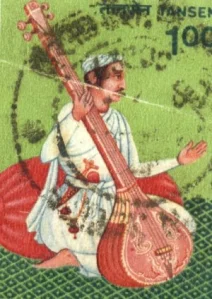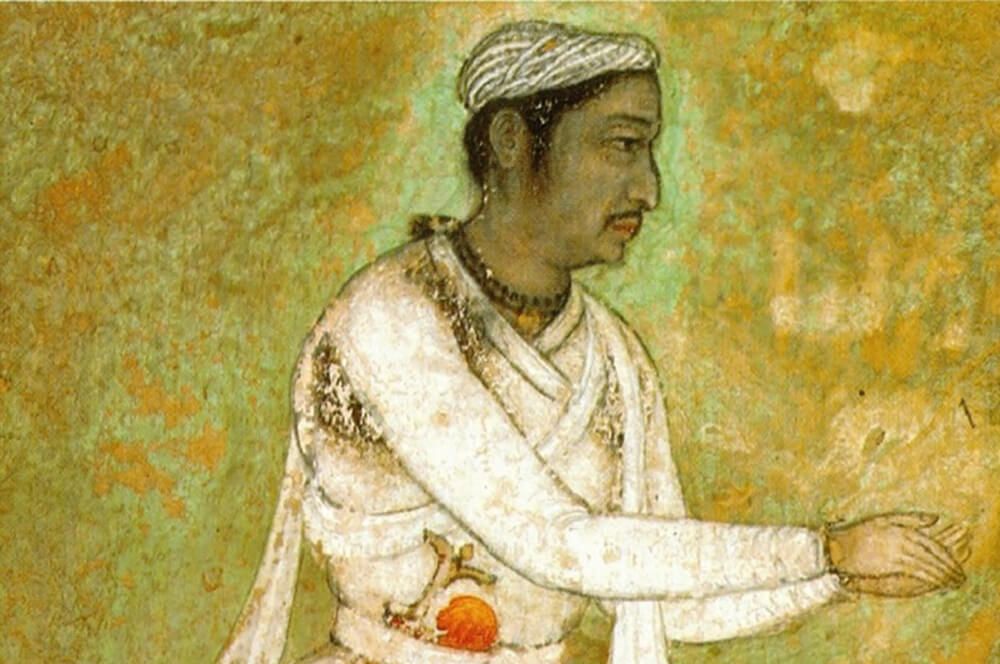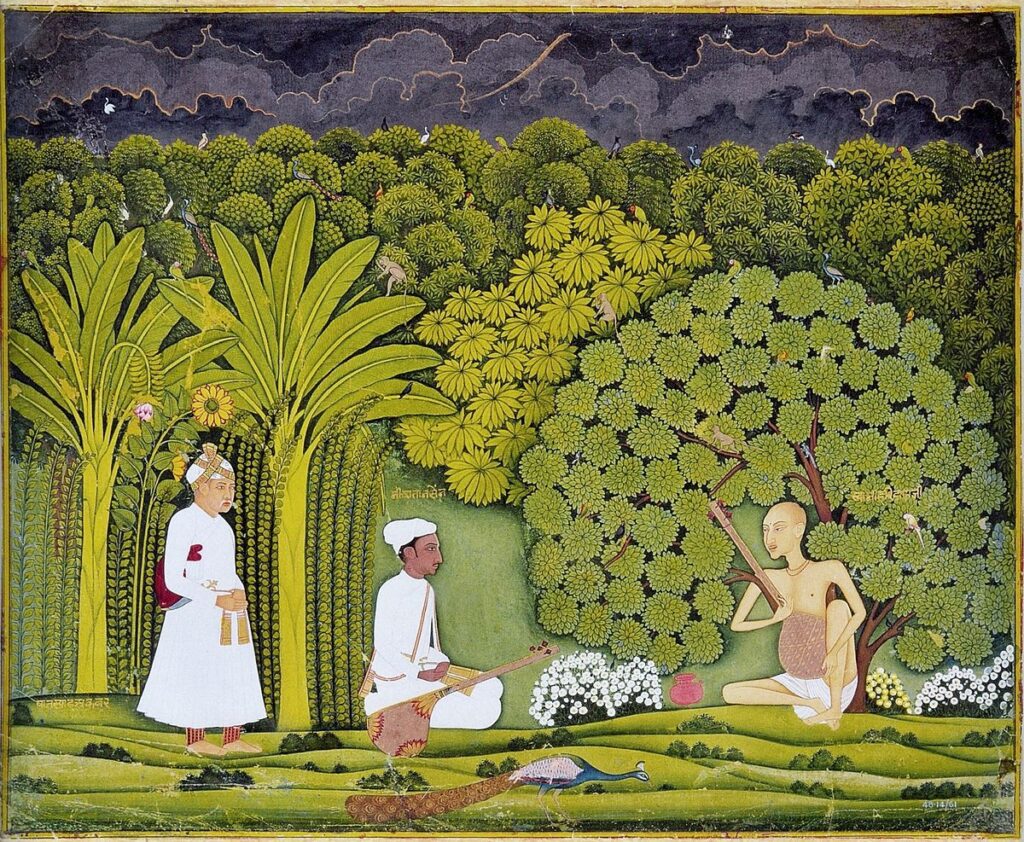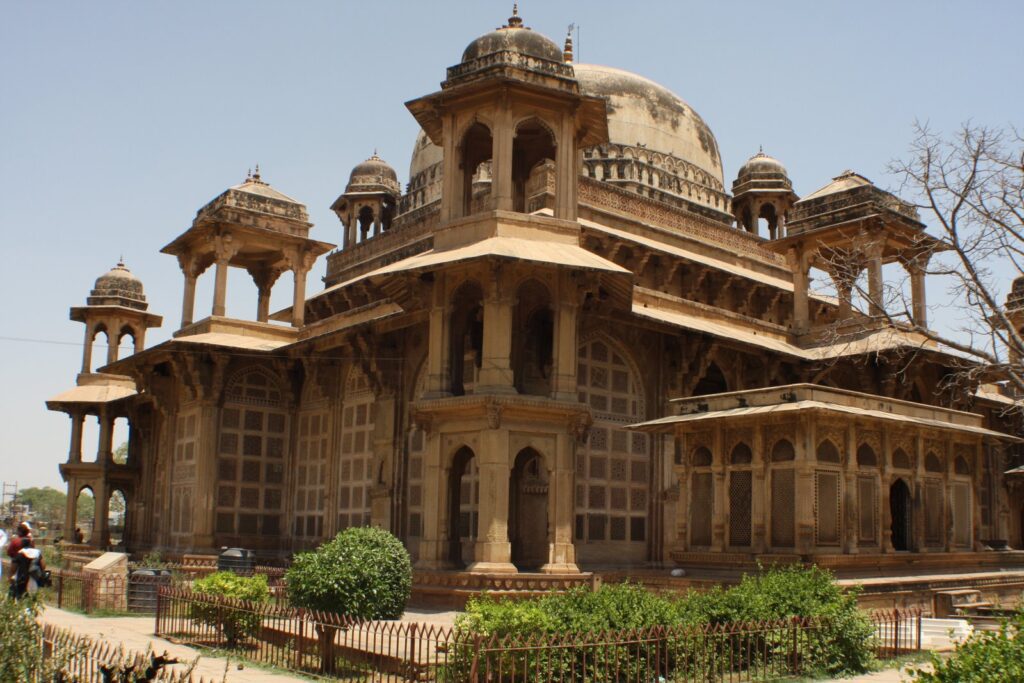In India in the 16th century, Tansen, also known as Tan Sen or Tana Shah, was a renowned musician and composer. He is widely regarded as one of the greatest musicians in the history of Indian classical music and was one of the nine jewels in Akbar’s court. Tansen has made incalculable contributions to classical music, which have influenced the growth and popularity of the genre for a long time. In this blog, we will look at Tansen’s life and legacy, including his early years, his innovations in music, and his work’s lasting impact. This blog will provide a fascinating and enlightening look at one of India’s most celebrated musical icons, whether you are a fan of classical music or just want to learn more about the country’s rich cultural heritage.
Early life and background
In the latter half of the 16th century, Tansen was born in the Indian town of Gwalior, which is now part of the state of Madhya Pradesh. His father, Mukund Pandey, is thought to have been a well-known dhrupad singer during his time, and he was born into a Hindu music family. Tansen began studying with a number of well-known music teachers, including the dhrupad singer Swami Haridas, after demonstrating a natural talent for music at a young age.
Tansen developed a profound appreciation for classical music and its ragas under the guidance of his teachers. The Sufi and Bhakti traditions, which emphasized devotional singing and the pursuit of spiritual enlightenment through music, were particularly influential on him. Tansen’s musical style and the themes he explored in his compositions reflect these influences.

The Mughal emperor Akbar was impressed by Tansen’s unique musical style and invited him to join his court as one of the nine jewels, or navaratnas. Tansen became one of the most prominent musicians of his time as he continued to improve his musical abilities and compose new music at the court. His music received widespread acclaim and established a benchmark against which all other musicians were evaluated.
Tansen’s early life and upbringing were marked by his love of classical music, his education under well-known musicians, and his exposure to the Sufi and Bhakti traditions. The foundation for the legendary musician he would become was laid by these elements and his inherent talent.
Contributions and innovations in classical music
One of the most innovative musicians of his time, Tansen made numerous and significant contributions to classical music. The creation of new ragas, many of which are still widely performed and enjoyed today, may have been his most significant contribution. The emotional depth of Tansen’s music and his unique use of gamak, or melodic ornamentation, gave his renditions character and distinguished them from those of his contemporaries.

Tansen’s experimentation with dhrupad, dhamar, and khayal singing was another thing that made him famous. He combined these styles to create a new style of music that could convey the deep spiritual themes he wanted to explore in his compositions and was more emotional and expressive. The soulful melodies, intricate rhythms, and powerful emotional impact of Tansen’s music were praised.
Tansen contributed significantly to the spread of classical music in India in addition to his own musical innovations. He contributed to the spread of classical music to a wider audience and attracted new generations of musicians and fans through his performances at the Mughal court and elsewhere. He encouraged other musicians to create their own distinct styles and push the boundaries of classical music. The works of later generations of musicians, who built on Tansen’s innovations and continued to broaden the musical vocabulary of the classical tradition, reflect his influence.

The musical innovations and contributions of Tansen influenced classical music in India and beyond for a long time. He is still one of the most well-known musicians in the history of Indian classical music, and his work has been the subject of numerous books, articles, and musical recordings. Tansen’s legacy is a testament to his remarkable talent and lasting influence, and his music continues to inspire musicians and fans alike.
Legacy and impact of Tansen’s music
In classical music, Tansen left behind a significant and lasting legacy. He is regarded as one of the greatest musicians in the history of Indian classical music, and his music continues to be performed and appreciated by a large number of people.
The influence Tansen had on subsequent generations of musicians is one way that his legacy is evident. Many of the ragas he created are still performed and have become essential to the repertoire of classical music. His distinctive use of gamak, or melodic ornamentation, is still widely used by musicians today and has become a hallmark of the classical tradition.

In addition, Tansen’s music was a major contributor to the rise in popularity and growth of classical music in India. He contributed to expanding the art form’s audience and distribution to new locales and communities. His appearances at the Mughal court were well-received and contributed to the rise of classical music as an art form.
The numerous awards and honors Tansen has received over time demonstrate his influence on classical music. His legacy continues to inspire musicians and fans alike, and he is widely regarded as a musical icon.
In conclusion, Tansen’s legacy in classical music is evidence of his extraordinary talent and long-lasting influence on the art form. His music is still performed and appreciated by many people, and his legacy is still a significant part of India’s cultural heritage.
Mystery Behind Tansen’s Death
The cause of Tansen’s death is still a mystery, but there are several well-known legends about it. The story about how he performed the raga Deepak, which was said to have the ability to start fires, is one of the most well-known. Legend has it that the Mughal emperor Akbar asked Tansen to sing the raga, and as he sang, a bright flame rose from the ground and covered him. Despite his survival, Tansen is said to have sustained severe burns and passed away as a result of his injuries.

According to another legend, Tansen died after drinking poisoned water from the Yamuna River. In this tale, a rival musician asked Tansen to perform a song because he was jealous of his talent. In an effort to kill Tansen, the rival musician poisoned the water.
Tansen’s passing was widely mourned, and his music is still celebrated today, despite the specific circumstances of his death. His innovative style and contributions to classical music have distinguished him in Indian music history, and his legacy is still a significant component of India’s cultural heritage.
Tansen’s Tomb
In the city of Gwalior in the Indian state of Madhya Pradesh, you can find Tansen’s grave. It is close to the Tansen Academy of Music, which was established to preserve and promote classical music and was named in his honor.
The tomb is a straightforward structure with intricate carvings and inscriptions honoring Tansen’s musical legacy. Many people who are fans of classical music and Tansen come here to pay their respects to the great musician.

The Tansen Samaroh, an annual music festival held in honor of Tansen and his contributions to classical music, is also held at the tomb. The festival is a chance for Tansen’s fans and musicians from India and around the world to get together and celebrate his music and legacy.
Tansen’s tomb is an important part of India’s musical heritage and a significant cultural and historical site. It continues to inspire musicians and Tansen fans alike and is a place of pilgrimage for those who enjoy classical music.
Conclusion
Tansen was a well-known name in classical music because of his remarkable talent, original style, and lasting legacy. Tansen rose to prominence as a court musician for the Mughal emperor Akbar and was widely praised for his musical genius. He was born in the Indian state of Madhya Pradesh in the 16th century.
Tansen’s groundbreaking contributions to classical music shaped the course of the art form. He came up with a slew of brand-new ragas, unique performance techniques, and an innovative style that influenced subsequent generations of musicians. Tansen’s legacy continues to influence and inspire musicians and fans alike, and he is now regarded as one of the greatest musicians in Indian classical music history.
Tansen’s tomb in Gwalior, India, is a reminder of his long and illustrious career and a symbol of his contributions to classical music. The annual Tansen Samaroh, which is held in his honor, continues to bring together musicians and fans to honor his legacy. It is a celebration of his life and work.
Tansen is still a significant figure in classical music, and his legacy inspires musicians and fans today. His contributions to the art form have earned him a place of honor in the history of Indian music, and his music is still performed and appreciated by a large number of people.
FAQs
Who was Tansen?
Tansen was a well-known name in Indian classical music. He was born in Madhya Pradesh, India, in the 16th century. He is widely regarded as one of the greatest musicians in the history of Indian classical music and worked as a court musician for the Mughal emperor Akbar.
What contributions did Tansen make to classical music?
Tansen is credited with the creation of numerous new ragas, unique performance techniques, and an innovative style that inspired subsequent generations of musicians. His contributions to the development of classical music in India are still widely acknowledged and honored today.
Where is Tansen’s tomb located?
In the city of Gwalior in the Indian state of Madhya Pradesh, you can find Tansen’s grave. It’s close to the Tansen Academy of Music, which was named after him.
What is the Tansen Samaroh?
In honor of Tansen and his contributions to classical music, an annual music festival known as the Tansen Samaroh is held in the Indian city of Gwalior. The festival is a chance for Tansen fans and musicians from all over India to get together and celebrate his music and legacy.







